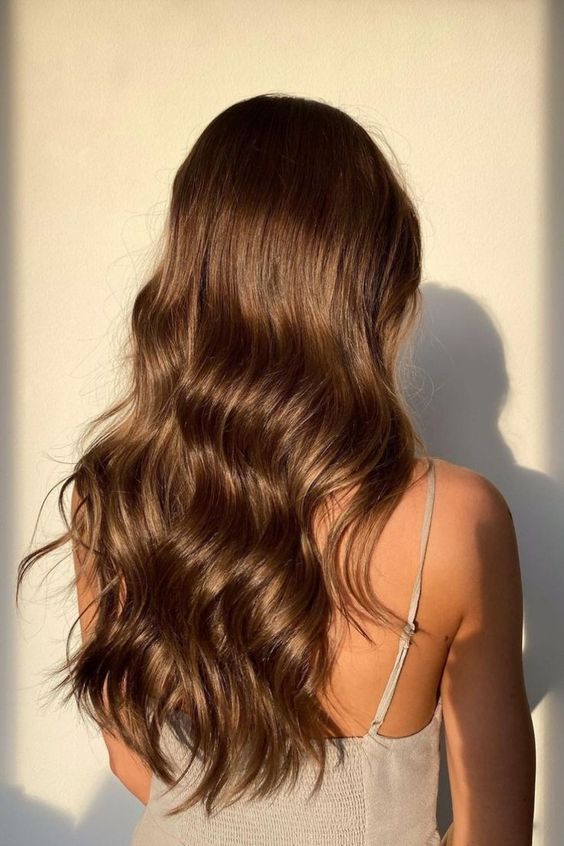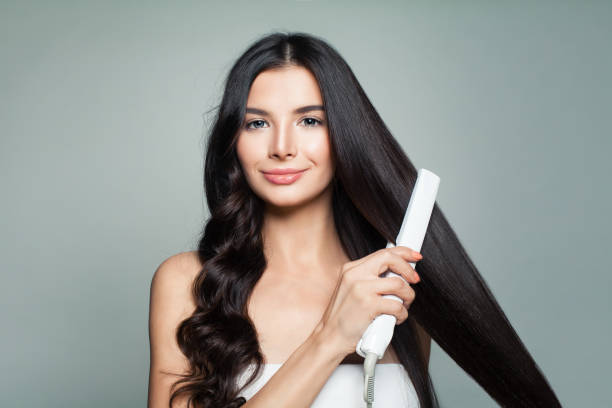Natural hair is fundamentally a lifestyle choice. Achieving your hair goals requires dedicated effort and a keen understanding of your unique hair type, porosity, density, and width. Think of your hair like a plant: the more you nourish it with quality products, hydrate it, and shield it from harsh conditions, the more it will thrive, grow, and transform. Here are the top 10 essential rules for maintaining healthy, vibrant natural hair!
SOLIDIFY YOUR WASH DAY ROUTINE

Your wash day is essential for maintaining healthy natural hair, as it all begins with proper moisture. Clarifying your hair is a crucial step in your wash day routine. If your hair is dirty, it won’t be able to absorb moisture effectively due to product buildup.
When it comes to shampoos, there are two key types every natural should have: moisturizing shampoos and clarifying shampoos.
Moisturizing shampoos feature gentle yet effective surfactants that cleanse the scalp by removing dirt and product buildup. These are perfect for regular use.
Clarifying shampoos, however, contain stronger cleansing agents designed to deeply cleanse your hair and eliminate hard-to-reach dirt, including mineral buildup. Shampoos with chelating ingredients are especially beneficial for low porosity hair, which often experiences quicker product accumulation.
Weekly deep conditioning is an essential rule in caring for natural hair. Its primary purpose is to condition, strengthen, and soften your hair, setting the stage for your leave-in products.
Always prioritize deep conditioning after shampooing to counteract any stripping effects from the shampoo. Opt for deep conditioners that feature emollients, fatty alcohols, and are packed with nourishing plant extracts.
USE MOISTURIZING LEAVE-IN STYLERS
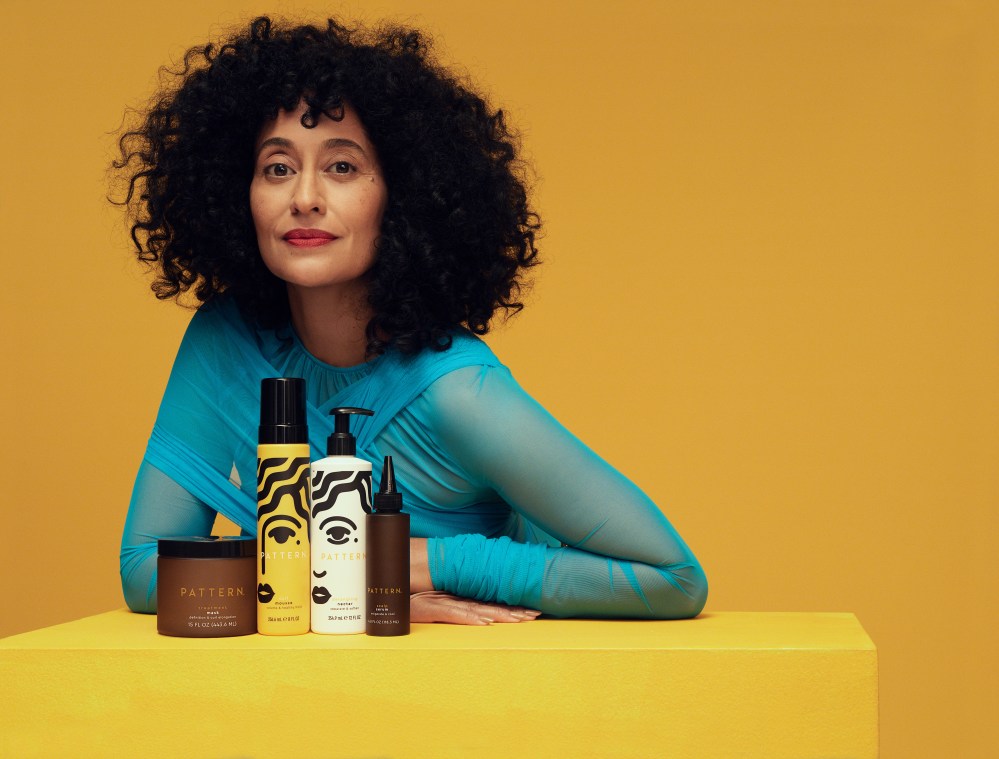
Leave-in conditioners are crucial for all natural hair types, regardless of curl pattern, porosity, density, or width. These products not only offer moisture until your next wash day but also condition the hair and minimize friction.
Curly and coily hair often experiences curl interlocking, where curls and coils tangle together. This can lead to severe knots and tangles, resulting in increased breakage and shedding if not addressed.
Leave-in conditioners contain friction-reducing agents that help keep your curls manageable. They are definitely a staple in any natural hair routine. When paired with a plant-based botanical gel, your coils will stay tangle-free and frizz-free for days!
KNOW YOUR POROSITY
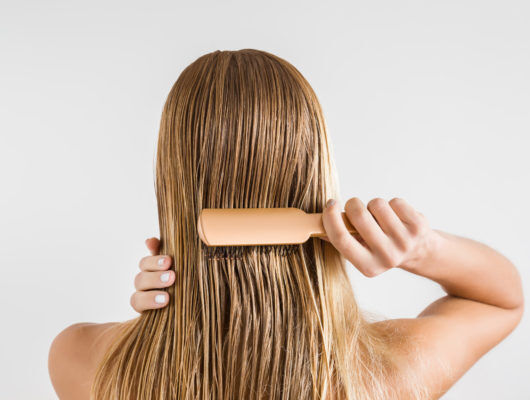
What’s the point of using all those expensive products if you don’t understand your hair’s absorption potential? Porosity is the most crucial rule to know about your hair. It determines how well your hair absorbs water and products, guiding you on what to use and how to apply it effectively.
Natural hair porosity refers to your hair’s ability to absorb moisture and products. Low porosity hair has a low absorption rate because its cuticles are tightly closed, making it challenging for moisture to penetrate. High porosity hair, on the other hand, has open cuticles, leading to a high absorption rate but difficulty in retaining moisture.
If you have low porosity hair, focus on enhancing moisture absorption. Because the cuticles are tight, products often sit on the surface. Choose lightweight formulas that promote absorption and include delivery agents to help penetrate the cuticle, especially for leave-in conditioners and styling products.
For high porosity hair, which has raised cuticles, moisture retention is key. Use products with ingredients that form moisture barriers and fill cuticle gaps to prevent moisture loss throughout the week.
BALANCE PROTEIN
Protein treatments are vital for addressing protein loss caused by mechanical damage (like detangling) and chemical damage (from heat tools, dyes, and relaxers), and they should be part of every natural hair routine.
However, excessive protein treatments can lead to dry, brittle hair—exactly what we want to avoid! It’s crucial to tailor your protein treatments according to your hair’s porosity and width to prevent overuse.
Smaller proteins, such as amino acids and peptides, can penetrate the hair cortex to strengthen it, making them suitable for all porosities and hair widths.
Conversely, larger proteins like hydrolyzed wheat and collagen function similarly to film-forming humectants, creating a protective barrier around the hair. These treatments are ideal for high porosity or fine to medium strands but can increase dryness in low porosity and coarse hair.
MAINTAIN A HEALTHY SCALP
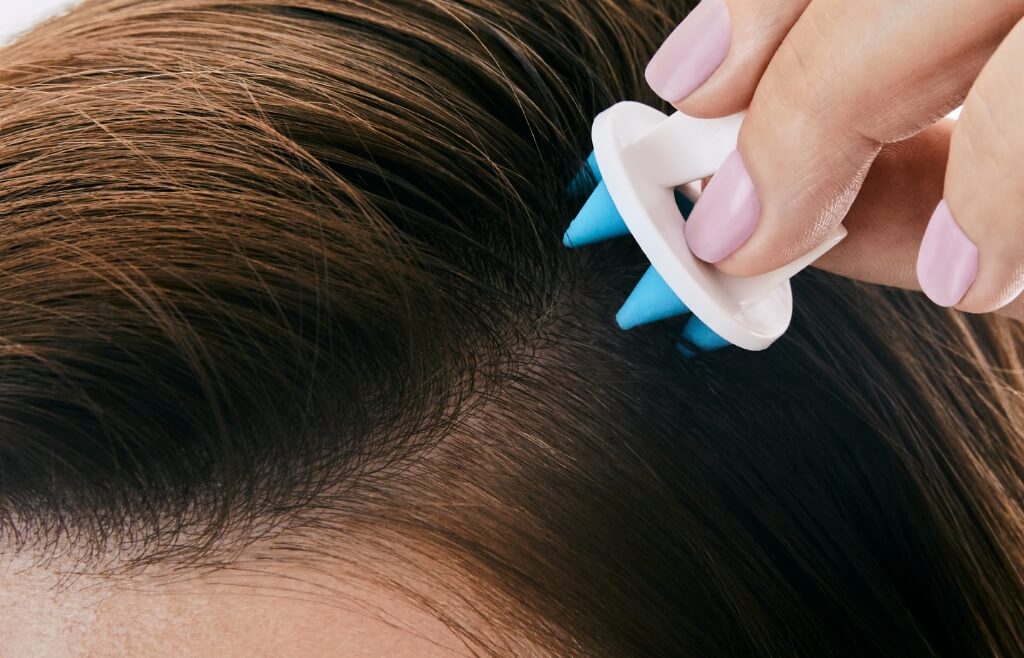
Scalp health is essential for a successful hair journey, regardless of hair type. Just as we care for our hair ends, we must prioritize our scalp.
Think of your scalp as the foundation of your hair; it deserves just as much attention. If our hair ends are like the wise elders, our scalp is the precious baby!
Here are some best practices for maintaining scalp health:
- Moisturize: Use skin-friendly products to keep your scalp hydrated. Remember, the scalp is skin too, so avoid harsh ingredients.
- Scalp Massages: Every few days, massage your scalp with nourishing oils like olive, castor, or avocado oil. Adding rosemary oil can enhance blood circulation and keep the scalp well-lubricated.
- Gentle Hairstyles: Avoid tight hairstyles to reduce the risk of follicle damage.
- Stay Clean: Regularly cleanse your scalp to remove oil, dirt, bacteria, and product buildup.
PROTECT YOUR HAIR

Protective styling is crucial for maintaining a healthy natural hair routine. If you’re aiming for hair growth, protective styles help retain length while locking in moisture, supporting your growth goals. To avoid any drawbacks of protective styling, follow these best practices: ensure your style isn’t too tight to prevent follicle tension, and regularly take it down for clarifying and re-moisturizing.
LISTEN TO YOUR HAIR

Mastering the art of listening to your hair can be challenging, but it’s essential for your hair journey. For instance, some people with natural hair can go a week without moisturizing, while others may need to re-moisturize every two days. Both are perfectly normal!
Remember, everyone’s hair is unique. If your hair feels dry, clear away buildup and follow up with a deep conditioner and leave-in. Pay attention to what your hair is telling you—it will show its appreciation!
UP YOUR DIET AND EXERCISE ROUTINE AS NEEDED

This year, let’s acknowledge the important connection between diet, exercise, and beauty. The saying “you are what you eat” holds true for natural hair. Staying hydrated is essential for hair growth, but making key dietary changes—like eating a balanced diet and taking necessary supplements—is equally important. Regular exercise also plays a vital role.
To boost your hair growth, focus on incorporating plenty of leafy greens and fruits into your meals. Empower yourself by understanding your body—are you missing any essential nutrients? Nutrients like iron are crucial for the hair cycle, and deficiencies can show up in your hair.
Lastly, don’t underestimate the impact of exercise. Many people with natural hair report that moderate weekly workouts help enhance their hair growth cycle.
STOP COMPARING
They say comparison is the enemy of creativity, and I couldn’t agree more. Remember, pursuing any goal is a marathon, not a sprint. Despite what some natural hair influencers may claim, hair doesn’t grow overnight—anyone who says otherwise isn’t being truthful.
Avoid comparing your hair journey to others; you are unique, and there’s no need to emulate someone else. Instead, focus on the health of your hair. Healthy hair grows! By keeping it moisturized, protected, and happy, you’ll set yourself up for success on your hair growth journey.
ACKNOWLEDGE YOUR ACCOMPLISHMENTS
We can be our own harshest critics, but your hair is beautiful just as it is right now. It’s important to take a moment to recognize your achievements, growth, and progress. Remember, your hair is always growing, and it deserves your gratitude!
CONCLUSION
These commandments are a foundational guide for healthy natural hair. While individual hair needs vary, following these science-based tips and adapting them to your specific hair type will help you achieve optimal results

